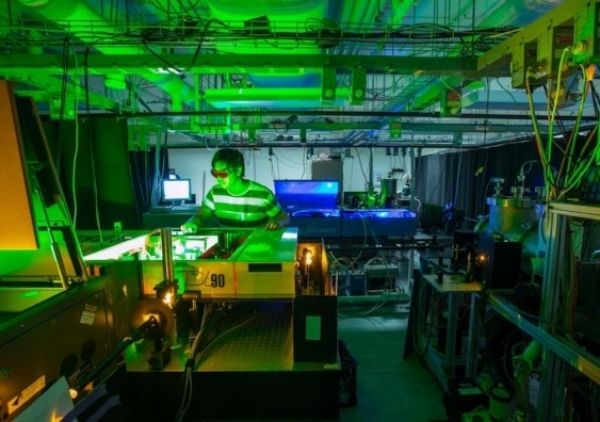A world-first in light conversion has potential future implications for solar photovoltaics, biomedical imaging, drug delivery and photocatalysis.
Scientists in Australia and the United States have been able to ‘upconvert’ low energy light into high energy light, which can be captured by solar cells, in a new way, with oxygen the surprise secret ingredient. The results are published in Nature Photonics today.
While the technology’s efficiencies are still very low and a lot more work is needed to achieve commercialisation, the research is an exciting development, says senior author Professor Tim Schmidt from UNSW Science.
“The energy from the sun is not just visible light,” Prof. Schmidt explains.
Read more at University of New South Wales
Image: The Molecular Photonics Laboratories at UNSW. (Photo: UNSW Sydney/Exciton Science)


